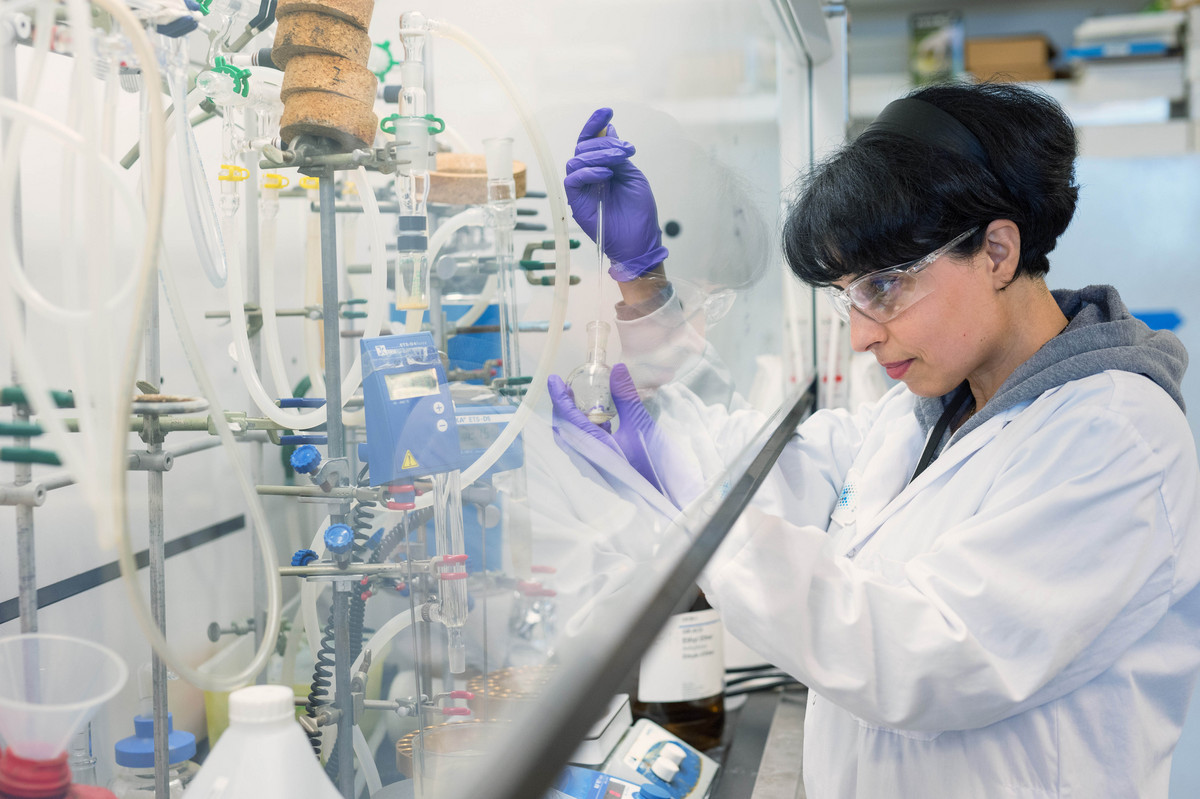[Interview] Building Canada’s Life Sciences Community and Thinking Global
Canada has a firm place in the global life sciences ecosystem, being the tenth largest market for pharmaceutical sales, and home to America’s second-largest life sciences corridor. The country has a long history of life science research, including the creation of the first pacemaker and discovery of stem cells.
According to a survey conducted by BIOTECanada and Deloitte in 2018, conducted in 2018, the Canadian life sciences sector includes many early-stage companies with substantial growth potential -- 67% of responders identified themselves as being in the discovery or emerging phase of development in 2017. Surveyed organizations reported intentions to raise additional capital in the coming years and reported access to capital as the primary issue in the life sciences sector in Canada.
Another powerful source of Canadian innovations in the life sciences sector is a national network of academic institutions and labs, having some of the top scientists in the areas of artificial intelligence, drug discovery, and biology research. They all are competing for grants, equity and non-equity funding to bring lab-grown know-hows to market.
While the government is actively supporting innovation in the Country through a number of programs, such as Scientific Research & Experimental Development Program (SR&ED), and the Industrial Research Assistance Program (IRAP), such programs can’t fund all the entirety of the emerging ideas, so companies and labs are increasingly looking for additional capital in private markets, including institutional pharma, venture capital funds, angel investors and other such sources.
 In that context, I talked with Dr. Lana Janes, Venture Partner at adMare BioInnovations -- Canada’s Global Life Sciences Venture, and asked her to provide a bit of an insight into how the company is helping grow the biotech ecosystem, and what in her opinion is important for the life sciences sector in general -- nationally and in the global context.
In that context, I talked with Dr. Lana Janes, Venture Partner at adMare BioInnovations -- Canada’s Global Life Sciences Venture, and asked her to provide a bit of an insight into how the company is helping grow the biotech ecosystem, and what in her opinion is important for the life sciences sector in general -- nationally and in the global context.
Andrii: Can you provide more insights into a business model of adMare BioInnovations, how you select academic partners or startups, and what kind of resources can be available to them?
Lana: adMare BioInnovations is Canada’s Global Life Sciences Venture, building the Canadian life sciences industry from sea to sea. With a vision is to be a catalyst for the Canadian life sciences leading the world, we source therapeutically and commercially promising research from leading academic and biotech partners to create new companies of scale, provide specialized expertise and infrastructure to help existing companies scale up, and drive the growth of those companies into Canadian anchors by training the next generation of highly-qualified personnel.
Academic research is the foundation of all adMare BioInnovations drug development and commercialization efforts and we work with academic researchers to translate leading academic research into new companies of scale. We offer a pathway to advance breakthrough research, translate it into a new life sciences company, and new therapeutics for patients. Principal investigators retain control of their project throughout, and all original intellectual property remains with them and their institution.
A key pillar of adMare’s mission is to help existing Canadian small and medium-sized companies (SMEs) scale up. We collaborate with existing life sciences companies in a flexible shared risk/reward model. We provide scientific and business expertise, infrastructure, and capital to Canadian companies, enabling companies to successfully advance their pipeline to the next corporate value creation point.
Current (and future) commercial opportunities are proactively identified and thoroughly assessed through a focused, systematic ‘foresighting’ process managed by a dedicated, commercially-experienced internal adMare team. We look for technologies/platforms with the potential to be first/best-in-class and can form the foundation around which we can build an investable company. We not only further validate technologies, but also develop them into commercially attractive programs by generating valuable IP and data, and developing and executing on a viable commercial strategy.
For the opportunities deemed to hold the most potential in creating/returning value, we then bring together the very best partners from throughout academia, industry, patient foundations, the investment community, as well as other KOLs. We also provide experienced management teams to support the translation of technologies into highly-compelling business cases that can secure private sector investment, grow the company so it can take technologies to patients.

Andrii: What is your grand vision for the life sciences industry in Canada for the upcoming future? Can you share your thoughts on what technologies/innovation areas will be shaping this sector in the upcoming years nationally, and globally?
Lana: Canadian life sciences should remain globally-minded, and take care of our global neighbours as best we can (as Canada has done throughout its history), at the same time, we must be prepared to take care of ourselves. With global forces and systems changing in somewhat unpredictable ways, this is really the most prudent and necessary response. What this means is we must ensure and shore up our domestic security and supply of the resources needed to take care of our citizens (e.g. health science research, vaccine, and therapeutic development, medical equipment manufacturing).
Firstly, is that within our national borders, we must break down any existing silos to bring our resources together. This is in fact exactly what our organization, adMare BioInnovations was created to do. Our efforts have been focused on building on Canada’s strengths and commercial opportunity – they have not necessarily considered the need for domestic health security. This is where governments, industry, our research, and healthcare enterprises must re-consider how we come together to fill the remaining gaps in our life sciences innovation systems.
In Canada, we are fortunate to already have many of the required pieces in place – from global leading discovery research to innovative life sciences companies, and a supportive investment community. But our challenge now is to build on our pan-Canadian alliance and public and private investment such that the remaining pieces also reside within our borders. For example, Canada remains the only advanced pharmaceutical market without the presence of a global anchor company – a major risk in our supply chain.
Through better alignment of pan-Canadian resources and strategic increased investments in research and innovation, the health and well-being of Canadians will be in our own hands.
If you liked this post -- share it with your network to help us spread the word! Also, Subscribe to our bi-monthly updates to stay tuned for new companies, innovations, market reports, news, and trends in the life sciences.
Topics: Bioeconomy & Society


